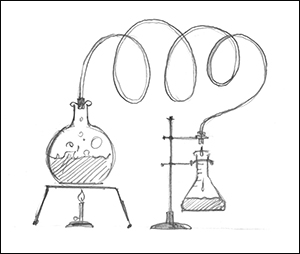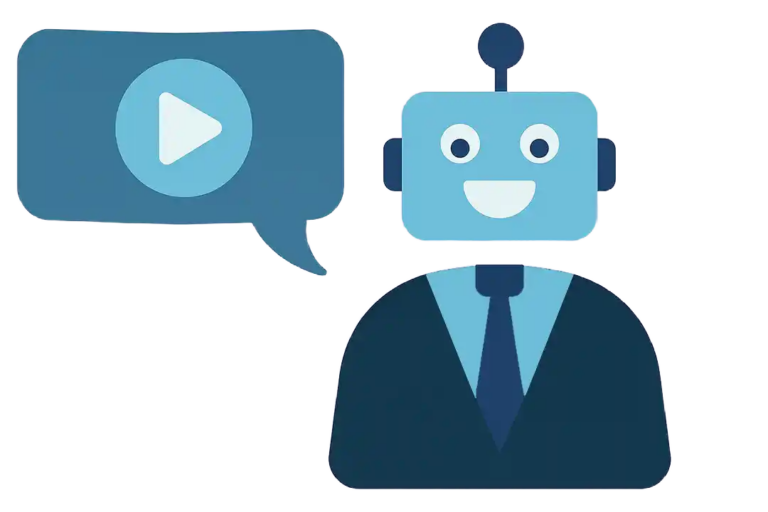 The most important constraint on the length of a video message is the number of words spoken. But it can also be helpful to consider different shapes for the message container. Here are some ways that we condense our clients’ product information and marketing messages in a two-minute or less video.
The most important constraint on the length of a video message is the number of words spoken. But it can also be helpful to consider different shapes for the message container. Here are some ways that we condense our clients’ product information and marketing messages in a two-minute or less video.
1. We Tell Stories
Stories draw people in. With a lifetime of watching TV commercials behind us, most people know that two minutes is more than enough time to tell a pretty good story.
Of course the story in TV commercials is usually about love, happiness, or, having a good time. Payoffs that are appropriate to B2B solutions — ROI, agile operations, customer satisfaction — don’t resonate in the same way. This may be why music tracks in B2B videos often sound inappropriate or even cheesy.
Nevertheless, shaping a story to fit the available space usually works. Here’s a story about trying to identify a retail store (bricks and mortar type) customer online.
Where do you find stories? Sales engineers, account reps, anyone else who spends a lot of time talking to customers.
2. We Focus on Solving the Problem
“Solution selling” used to be a popular sales concept, and would certainly never be the wrong approach for B2B marketing, especially for technology sales. You can never go wrong with a problem/solution approach — especially if the goal is lead generation. The best lead is one who has the problem that you solve — and knows it.
For problem/solution videos, keep in mind the adage that “Thinking is more interesting than knowing, but less interesting than looking” (Goethe). You want the viewer engaged with what is on the screen. So the most important consideration is how you present “the problem” visually. If you can you show the problem on the screen without talking about it too much (which makes the viewer think too much), you can generate the most interest and recognition in the shortest amount of time. Click here for an example that assumes the viewer is an HR exec who is very familiar with the problems encountered in transitioning from in-house to outsourced IT or business processes.
3. We Use Lists
I like lists. Everyone likes lists — the success of Buzzfeed and other listicle-form journalism (see “5 Ways the Listicle is Changing Journalism“) attests to that. Four amazing use cases! Seven colossal benefits! Ten things you’ll never get over!!
One nice thing about lists is that they make it easy to divvy up your available time. 120 seconds can be divided into a 15-second intro, 15 seconds for each of six things you list, and 15 second conclusion. Of course, you need a little flexibility. Some things can be described in 30 words, some can’t.
Lists also reinforce the idea of “this won’t take long” — and may help hold the viewer’s attention to the end.
4. We Consider the Context
Another way to condense video content is to “contain” it with static text and/or graphic content that does some of the work for you. For example, if the video is on a website landing page about the solution then the knowledge of “the problem” is almost assuredly pre-established. So the entire video can be devoted to features and benefits — which makes your video much shorter.



